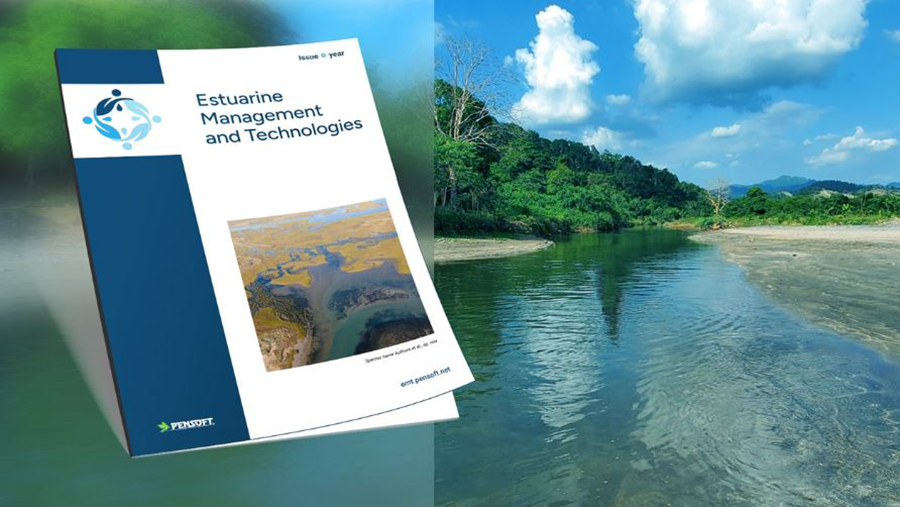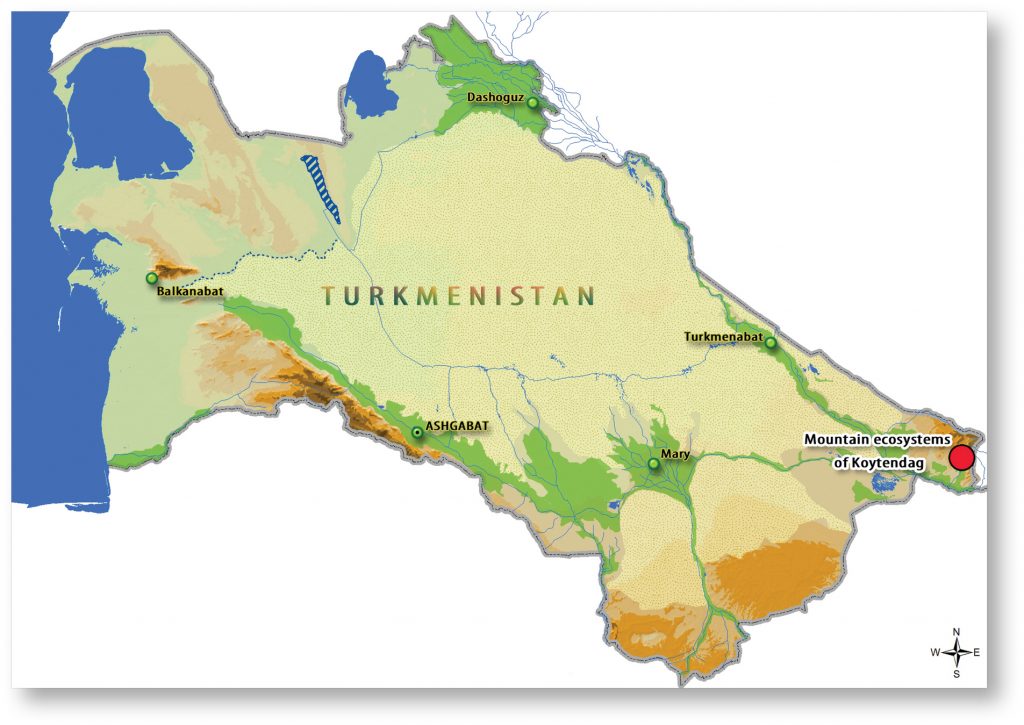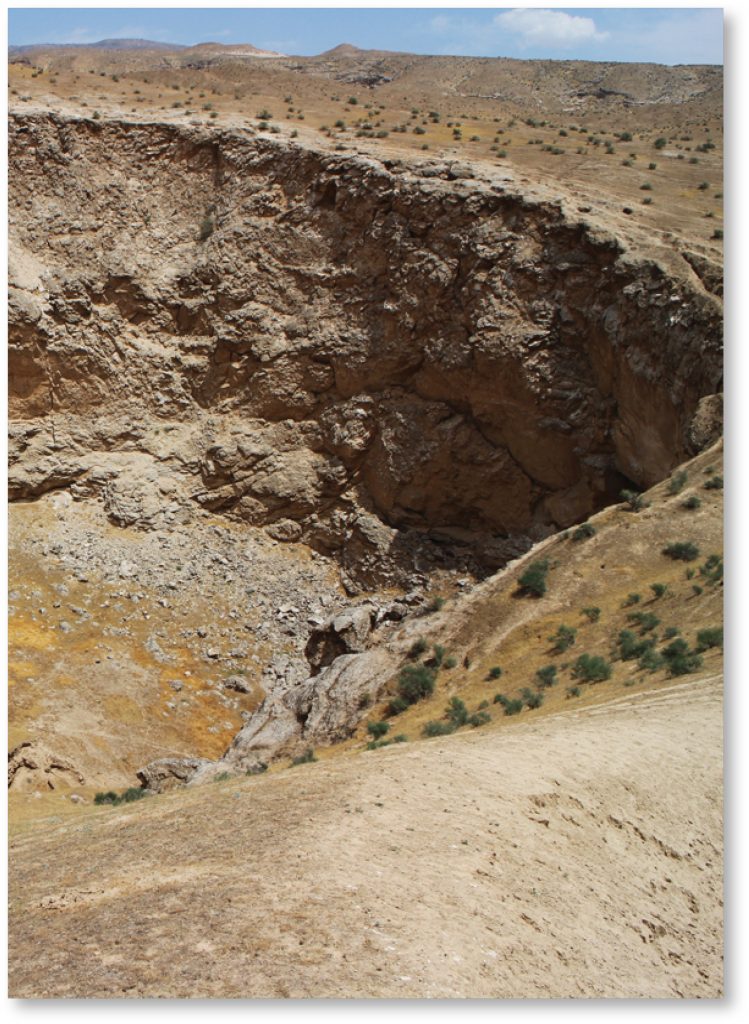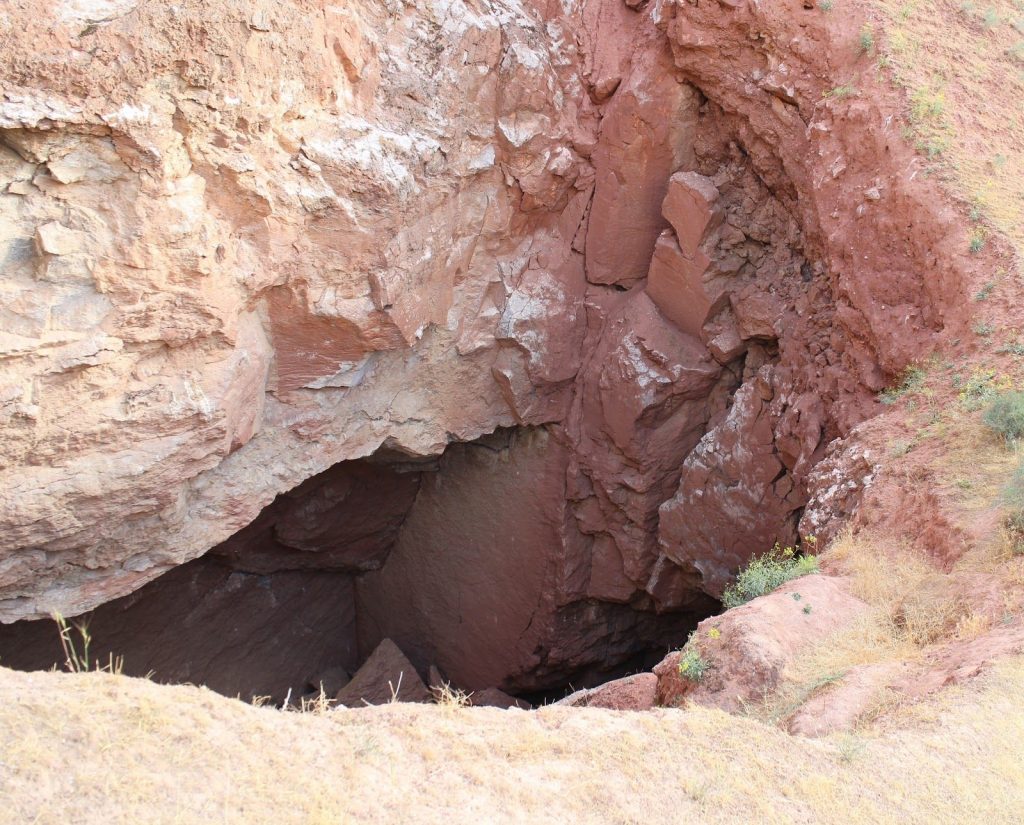Where freshwater rivers meet seas and oceans lies a scientifically intriguing and ecologically important type of ecosystem. As estuarine ecosystems provide various and diverse services to humanity and the planet at large, including food security and natural buffers and filters in the events of storms and water pollution, there has been an increasing need to facilitate and support the exchange of research findings and ideas related to their conservation and sustainable management by means of new-age technology and novel approaches.
This is how a team of renowned and passionate scientists, headed by Dr. Soufiane Haddout (Ibn Tofail University, Morocco), took the decision to launch a brand new open-access, peer-reviewed scholarly, aptly titled Estuarine Management and Technologies. They explain the rationale behind the journal in a new editorial, published to mark the official launch of the journal.
Having already worked closely with the scientific publisher and technology provider Pensoft on the fine touches of the concept of the new academic title, the team opted to use Pensoft’s publishing platform of ARPHA. As a result, the new journal provides a seamless, end-to-end publishing experience, encompassing all stages between manuscript submission and article publication, indexation, dissemination and permanent archiving.
Within the collaboration between the journal’s and Pensoft’s teams, Estuarine Management and Technologies will take advantage of various services offered by the ARPHA platform, including full-text automated export in machine-readable and minable JATS-XML format to over 60 relevant databases for scientific literature and data; semantically enriched and multimedia-friendly publications accessible in HTML; and rich statistics about the outreach and usage of each published article and its elements (e.g. figures and tables), including views, downloads, online mentions, and citations.
The publishing platform’s in-house indexing team will continue their close work with the journal’s editors to ensure that the scholarly outlet retains highest quality and integrity, so that it covers the criteria for indexation at additional key databases that require individual evaluation. In the meantime, ARPHA’s technical and editorial teams will provide technical and customer support to authors, editors and reviewers. The marketing and promotion team of ARPHA will be also joining forces with the journal to boost the visibility and image of the new academic title.
During the launch phase, content accepted for publication following double-blinded peer review will be made public right away for free to both authors and readers, where the journal will be operating under a continuous publication model.
Estuarine Management and Technologies welcomes studies from a wide spectrum of disciplines, including physics, chemistry, geology, biology, and hydrology, with a focus on interdisciplinarity, multifaceted approaches and holistic perspectives.
“One crucial aspect of estuarine management is the sustainable use of resources to balance conservation with human needs. Striking this delicate equilibrium requires a holistic understanding of the intricate web of ecological interactions within estuarine environments. Advanced technologies, such as isotopic techniques, environmental DNA (eDNA) analysis, can provide insights into the biodiversity of estuarine ecosystems with unprecedented precision,”
explain Dr Haddout and his colleagues in the opening editorial.
Amongst the unique features of the new journal are several additional publication types, such as Expert View, Video Paper, Rapid Communication, Mini Review and Estuarine Scientists, where these have been added to traditional publication outputs (e.g. Research Paper, Review Paper, Data Paper) to foster collaboration between researchers and other stakeholders in the field.
The journal is also running an annual Trailblazing Talent in Estuarine Management and Technologies award intended to recognise and encourage young scientists and engineers at the forefront of cutting-edge research in estuarine management and technologies. Nominations and applications are currently open.
Estuarine Management and Technologies also welcomes applications for guest editors in order to further expand the journal and its immediate expert network.
“I am delighted to see the Estuarine Management and Technologies journal already live on the ARPHA platform. We are confident that this particularly important, yet so far quite overlooked area of study will greatly benefit from this highly promising journal,”
says Prof. Lyubomir Penev, CEO and founder of Pensoft and ARPHA.
“I am pleased to announce the launch of the Estuarine Management and Technologies journal on ARPHA, a decision rooted in our commitment to advancing the field. We believe that this strategic partnership will not only enhance the visibility and accessibility of our journal, but will also foster collaboration and innovation within the estuarine management and technologies community. We expect this alliance to be a catalyst for scholarly excellence, providing a robust platform for researchers and practitioners to share insights, address challenges, and propel the field forward. Together with ARPHA, we are confident in the positive impact our journal will have on shaping the future of estuarine management and technologies.”
says Dr. Soufiane Haddout, Editor-in-Chief and founder, Estuarine Management and Technologies.
***
You can visit the journal website and sign up for its newsletter from the homepage.
You can also follow Estuarine Management and Technologies on X (formerly Twitter).







